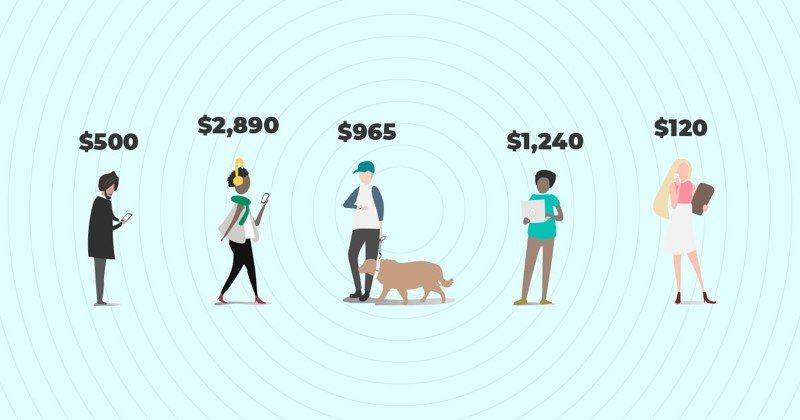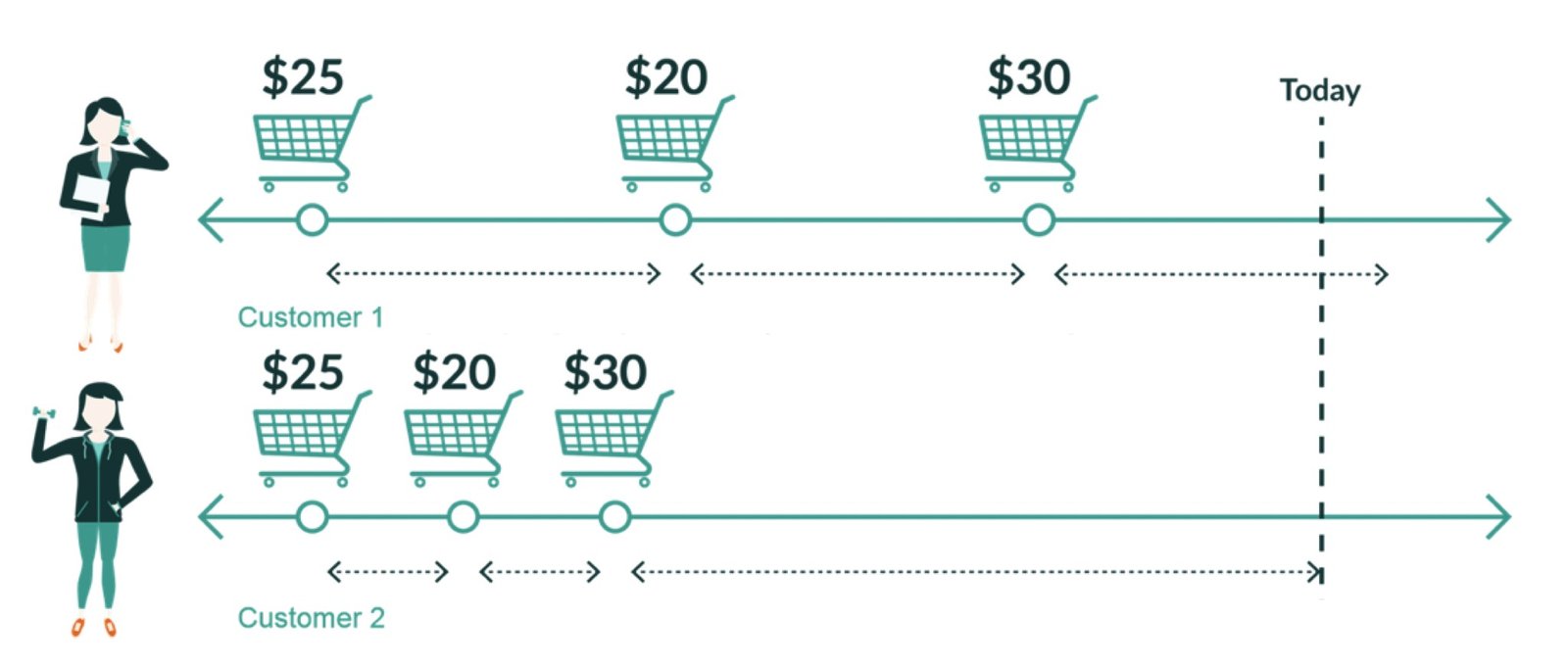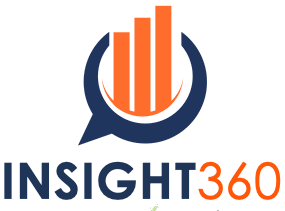The challenge and how it should be solved
Not all customers are created equals, companies today are dealing with customers through multiple channels, who is the valuables customers and how can we focus on the right customer?
How can a company know its customer equity and how much their customer worth not in the past and present only but in the future as well, knowing your customer equity is definitely the base to confirm and measure the success of sales and marketing strategies.
“Knowing what your customers are worth is the secret to focusing your time and money where it makes the most difference. You can’t be all things to all people, so you need to learn to find out who really matters to your success. Customer centricity is a strategy that aligns a company’s development and delivery of its products and services with the current and future needs of a select set of customers in order to maximize their long-term financial value to the firm” — Peter Feder
Answering the question of how a company can align its products and services with the wants and needs of its most valuable customers is always a challenging if we don’t use the right metric that allow us to measure the individual value (today and future value) knowing this measure for every individual customer and monitoring it will enable more efficiency :
- Individually for each customer by customizing the right offer based on the customer value
- Identify who are the most valuable customer and their profile and attract same profile customers
- Assist an on answering the question of what we should be willing to spend to acquire new customers and enables us to make better decisions about the allocation of marketing resources across the customer base.
- Identify customer churn risks
- Measure the success of sales and marketing strategy and confirm if the objectives sets are achievable through our customer base or not.
The measure that can drive all of the above is the Customer Life Time Value (CLV).
CLV is the base of customer centric strategy. It is the unit of measurement that estimate the customer equity, consequently, help to create greater firm value. CLV estimate the value of our customers individually and collectively.
What is CLV?
Customer lifetime value is the present value of the future (net) cash flows associated with a particular customer. “Peter Feder- Customer Centricity”
CLV is not concerned with how much value Customer X brought to us over the past year, the main concern of CLV is to know how much customer X is going to be worth in the future (tomorrow, next month, next year…). In other words, we are interested in finding out how much money Customer X could potentially make for our company from now until eternity, and therefore, how much money we should be willing to spend to keep him.

Traditional Methods of calculating CLV failed
The Traditional Methods of calculating CLV failed because they don’t take in consideration customer heterogeneity. they assume that, given a certain amount of information (average customer retention rate, discount rate, net cash flow per period.), and by running some calculations they arrive at CLV of customer X at particular point in time.
These methods assume that new customers should be treated the same as old customers and that Customer X will act the same way as Customer Y and this is completely wrong.
Some other companies as well calculate CLV for an average customer then multiply it by the size of its customer base and consider this as it’s customer equity and this is completely wrong also.
Definitely it is not right to calculate CLV by treating all your customers individually and collectively in the same way no matter their circumstances, their loyalty and commitment or their tenure.
Right approach to calculate CLV using Advanced analytics
In order to have a successful estimation of CLV we need to build it based on individual customer behavior which means that we need to have a model that analyze the previous behavior of the customer and predict their futur behavior based on that.
We can summarize a customer past behavior using RFM characteristics recency (time of most recent purchase), frequency (number of past purchases), and monetary value (purchase amount per transaction) as those 3 characteristics are the tangible results of all other factors influencing customer behavior so they are sufficient to model the customer behavior.

Based on RFM characteristic developing a stochastic model that predict the future individual value of customer is the most accurate approach to handle the CLV modeling. This is today the more reliable method to calculate CLV and it is being used today by many companies.
CLV is a game-changer. Its use cases are growing, and it has the ability to bridge silos, offering a ‘gold standard metric’ that everyone from marketers, R&D people, HR, and senior executives can share.
What can CLV do for you?
When we calculate CLV we want to find a data point that we can actually put to use at our companies with confidence. To have this, these companies need good, solid, actionable data, and CLV-the expected lifetime value of a customer-is the most important data they can have because it gives companies a greater understanding of what their customers (as individuals and as a group) are actually worth; by extension, CLV helps those companies to:
- Estimate the value of individual customer
- Estimate the value of the company’s overall customer equity;
- Enable the company to divide customers into tangible segments, separating the most valuable and committed customers into different groups and distinguishing them from the less valuable but numerous others;
- Create opportunities to help you refine marketing practices and ensure that the right approaches are being made to the right customers;
- allow you to better predict how certain customers in certain situations might act going forward;
- ensure that resources are used more efficiently in efforts to retain and develop existing customers and acquire new ones.
- By Monitoring CLV over the time customer churn can be identified earlier and marketing strategies can be evaluated based on quantifiable movement of CLV.
Conclusion:
If you want help on calculating the right CLV for your company get in touch with Insight360 (www.insight360.ae) Insight 360 can assist you in implementing the future looking CLV using Advanced Analytics to reach most accurate estimation of customer assets at individual level and collective level.

